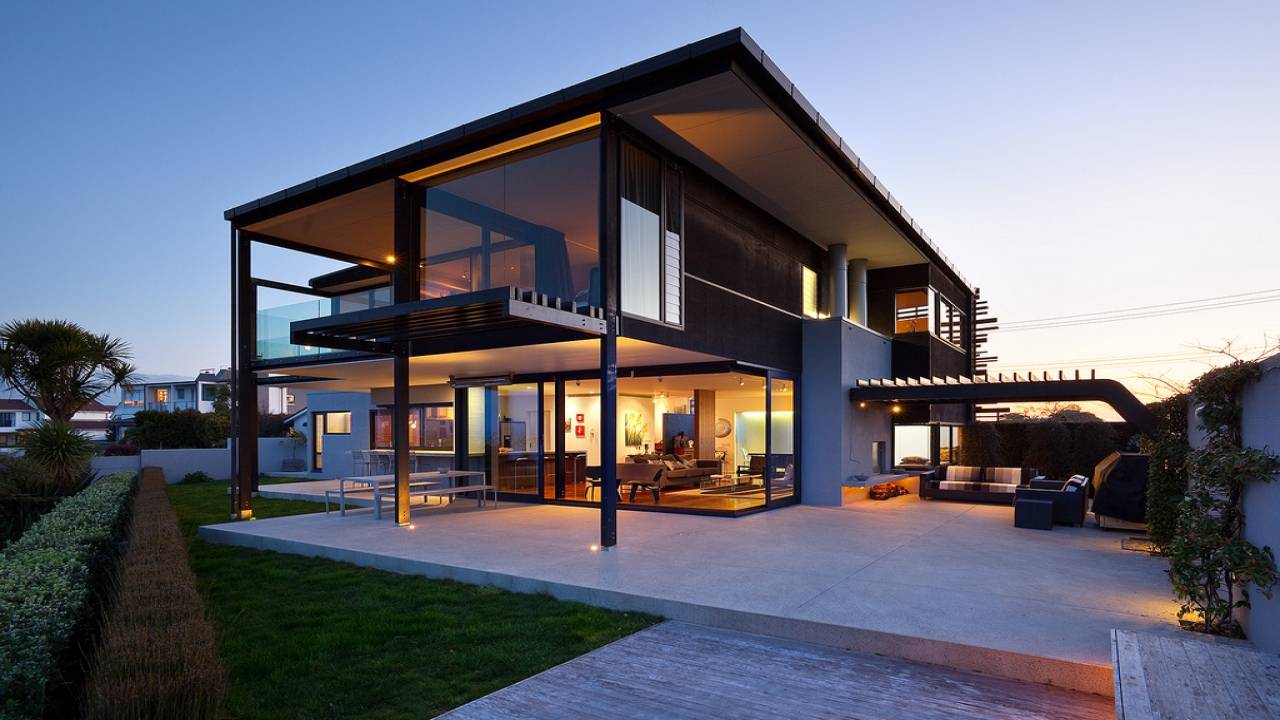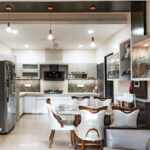Despite recent heavy fire safety regulations, fires in commercial buildings are not an uncommon occurrence. Commercial fires can put your tenants and visitors’ lives at risk and also cost you a lot of money which is why mitigating the risks of a fire is essential for commercial buildings.
To make things worse, a structural fire will affect not only your tenants and building contents but also the structural integrity of your building. If you want to know how you can protect your building from the destructive effects of fire, in this article we will give you some of the best tips for fire prevention in a commercial property.
Table of Contents
Fire Prevention Tips for Commercial Buildings
So are you ready to learn how to prevent fire in a commercial building? Let’s go over some of the basics!
Reduce Fire Hazards
There are many different ways a fire can start in a commercial property. From electrical issues or faulty equipment to kitchen accidents or improper storage of flammable substances, there is an endless list of fire hazards in shops, restaurants, offices or other commercial premises.
To manage the risks of fire it’s important to educate your tenants about potential hazards. If you don’t have the time to do this yourself, you should appoint a responsible person who can do fire safety training and perform regular checks to ensure people are following safety rules. If there’s a lot of electrical equipment being used in the building you should also schedule regular inspections to make sure that all of it is up to standard and functioning properly.
Install and Maintain Fire Safety Equipment
Even the smallest fire can cause great structural damage if it’s allowed to spread. This is why it’s important to install fire safety equipment that can help detect and put out a fire before it starts spreading. Sprinkler systems, smoke detectors, fire alarms, extinguishers and fire blankets are a few of the measures you should put in place to ensure fire can’t spread throughout your building.
It’s also essential to maintain fire safety equipment to ensure it’s functional and will be able to stop a fire if it does happen. Fire alarms and smoke detectors should be tested at least every couple months and your whole active fire protection system should be thoroughly inspected by a professional once a year.
Implement a Fire Emergency Protocol
Knowing what to do if a fire does happen can help keep your tenants and any visitors in the building safe. You should have a clear evacuation plan to follow in the event of a fire as well as clearly labelled escape routes so people can leave the building as quickly as possible.
All occupants in the building should be aware of the meeting points during an evacuation and know where the emergency exits are located.
Inspect and Maintain Your Passive Fire Protection
In addition to a functional active fire protection, every commercial building should have sufficient passive fire protection. Passive fire protection uses different types of fireproof materials and coatings to divide the building into compartments and stop the fire from spreading throughout the building via the walls and ceiling. The other purpose of passive fire protection is keeping any exits clear of smoke and flames so people can safely leave the building.
To make sure that your building is compliant with regulations and your passive fire protection is up to scratch, you should hire professional fire consultants to carry out an inspection of your property. This should be done at least annually to ensure that there is no danger for your building and its occupants.








